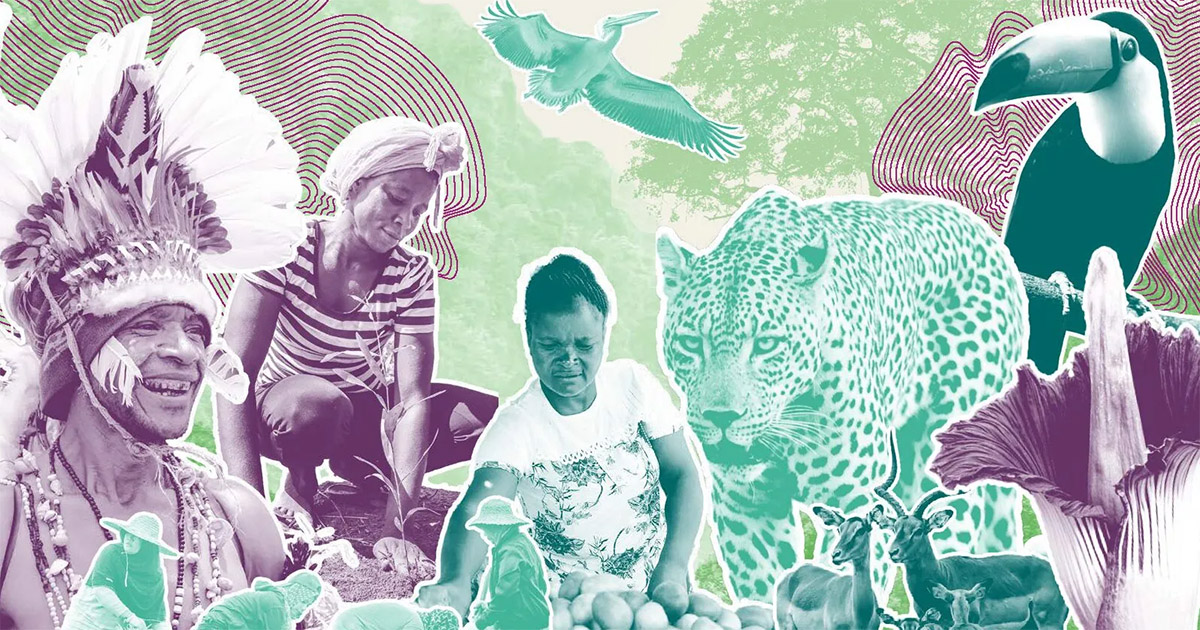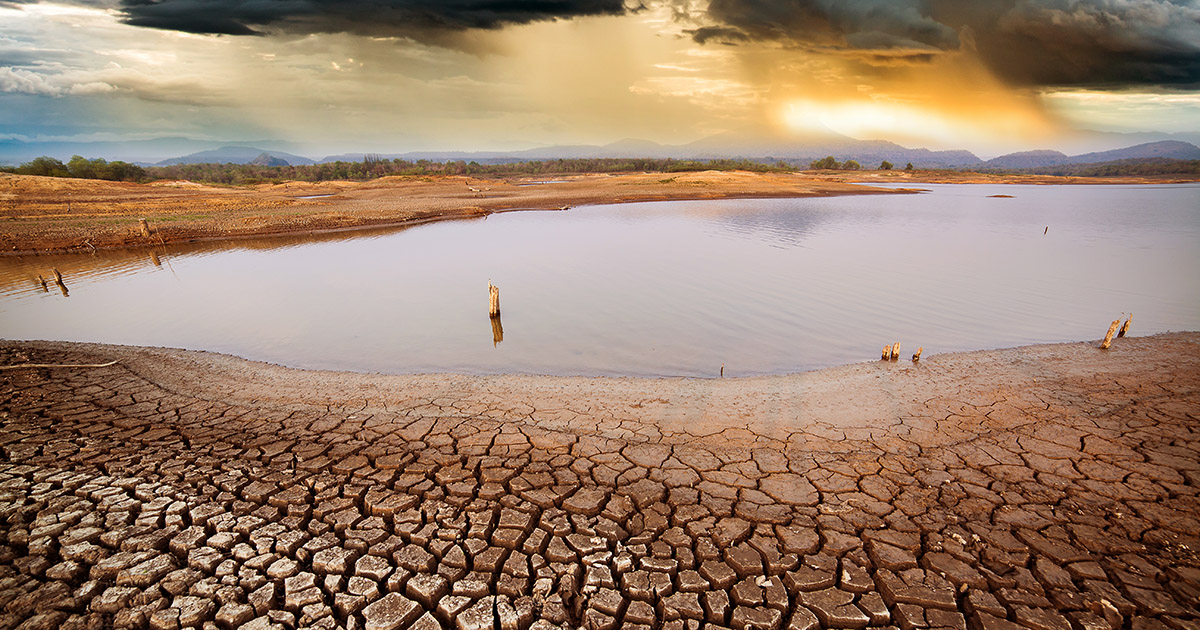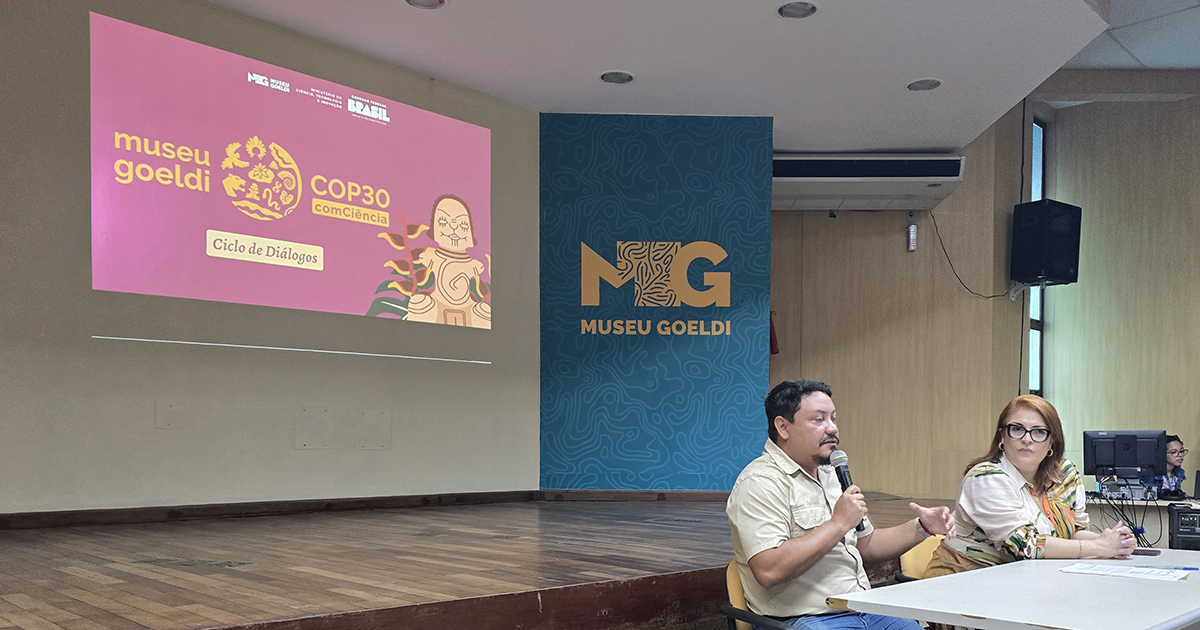Climate change is projected to have widespread impacts on the climate suitability and geographical distribution of agricultural crops. Simulations were conducted on the suitability of common beans (Phaseolus vulgaris L.) in Tanzania under progressive climate change, taking into account a soil fertility constraint. The results were used to assess the effects of incorporating information on soil fertility, more specifically soil organic carbon (SOC) content, into the niche-based EcoCrop model, which was previously based only on climate data. Extending the model improved the correlation between predicted suitability and production statistics at the regional level. Simulated suitability was highly sensitive to SOC-related model parameters, implying that it is critical to incorporate these parameters in order to improve estimates of crop suitability. Simulations using the best parameterisation identified showed that low SOC is currently more limiting for common bean suitability than climate in 51% of the Tanzanian land area (protected areas excluded). However, future projections suggest that climate will be more limiting for the geographic distribution of common beans than SOC in the near future (2030). Spatial data on predicted SOC levels and other soil properties in future scenario modelling are needed for better identification of suitable areas for common bean production.
DOI:
https://doi.org/10.1080/02571862.2017.1281447
Dimensions Citation Count:

Publication year
2017
Authors
Piikki, K.; Winowiecki, L.A.; Vågen, T-G.; Ramirez-Villegas, J.; Söderström, M.
Language
English
Keywords
soil fertility, information, models, production, spatial analysis, soil organic carbon, soil, crop production
Geographic
Tanzania





















